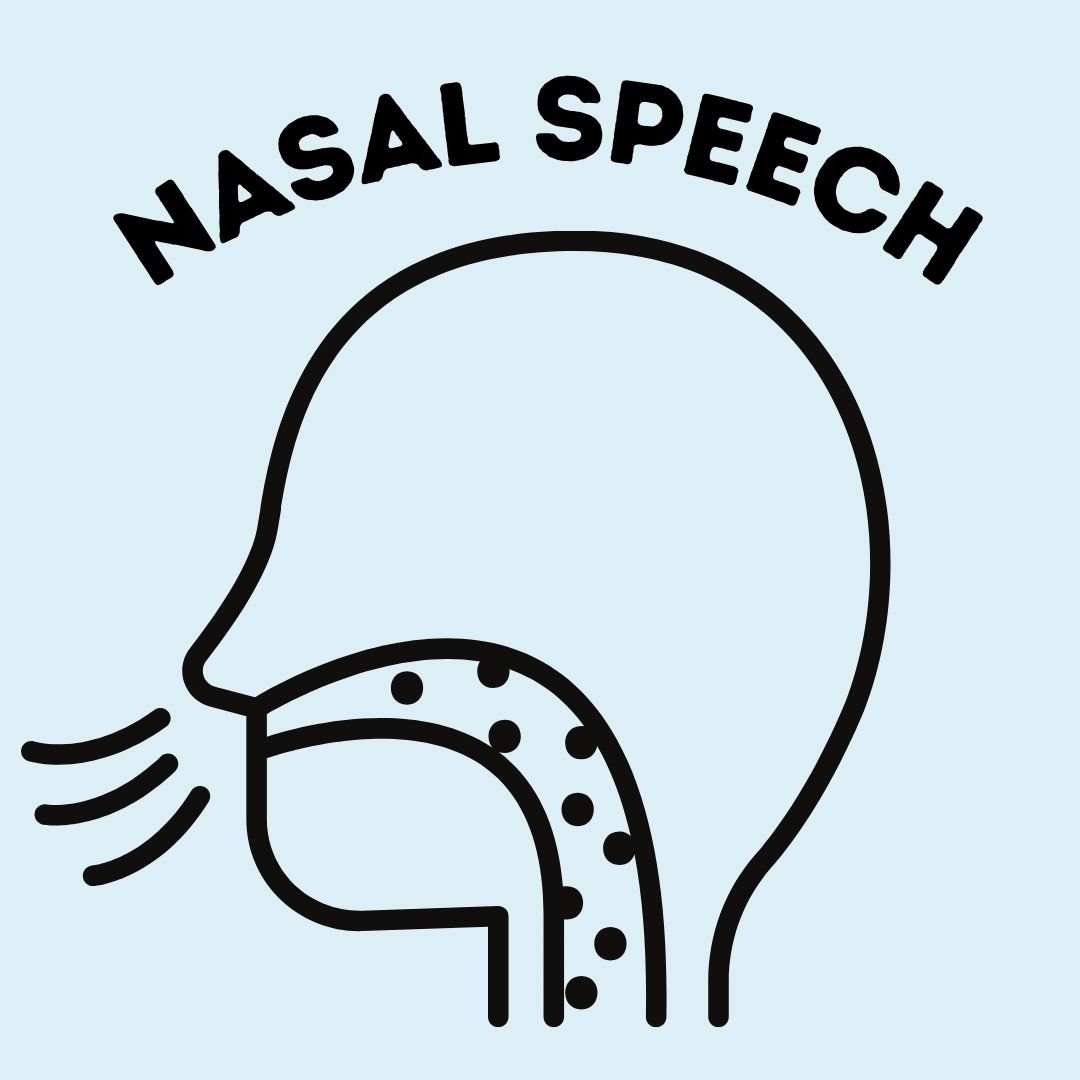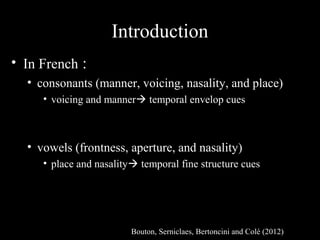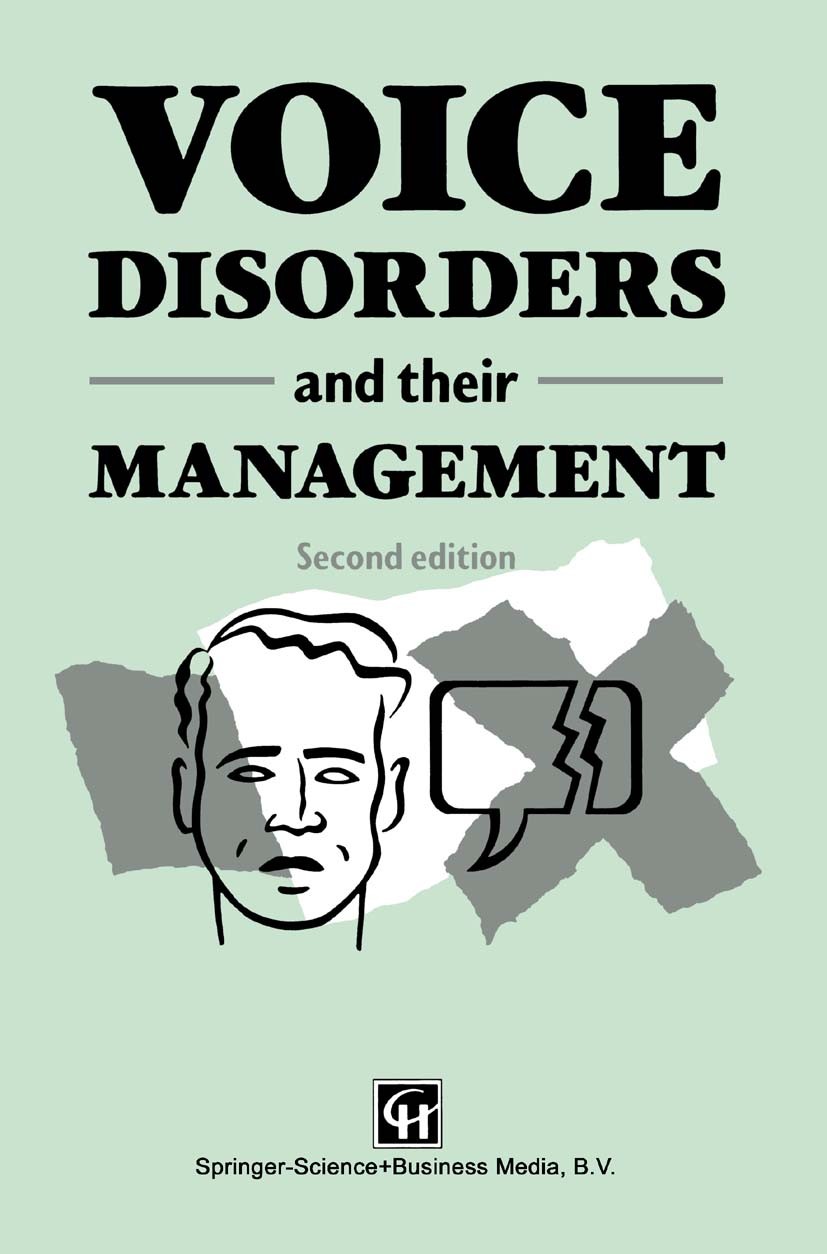Without auditory feedback a speaker may not learn the motor routines needed to separate. Formants can be estimated using the Linear Predictive Cod ing L PC method.
In summary all the hearing impaired speakers in this study were perceived to have speech that was characterized by excessive nasality while only two speakers exhibited any velopharyngeal opening.
. Being unable to hear exactly what normal speech sounds like despite intensive speech therapy means growing up without learning natural inflections in speech. When these characteristics are noted a referral should be made to a regional craniofacial or cleft palate team even if. In this video speech-language pathologist Carrie Clark explains how to do speech therapy for a child who has nasal emission or air coming out through the nose when speaking.
Similarly in slight nasality or slight denasality the disturbance in nasal resonance varies slightly from normal. Consequently clinicians who are unfamiliar with the. Abnormal nasal resonance is frequently observed in the speech of deaf individuals.
In addition to articulation and voice the resonance is often a problem in the speech of prelingually deaf childrenGold even stated that the most frequently mentioned problem of deaf speech is related with nasality. Ten Tamil words based on nasality which is used for deaf speech analysis. Aural rehabilitation was judged to be warranted in 49 of the speakers identified as being adventitiously deaf specifically 26 of the AP speakers and 74 of the UP speakers.
This paper describes one approach to the assessment of nasalization and to the development of visual aids to assist in the training of velopharyngeal control. In rating nasal resonance judgments of nasality and denasality are combined to indicate a lack of resonance control. In moderate nasality or moderate denasality the disturbance in nasal resonance is the lesser degree.
Nasality is widely recognized as a problem in the speech of many deaf people. Mentioned problem of deaf speech is related with nasality. To improve speech patterns of deaf children a visual aid was developed which assists in the training of velar control.
Skip to search form Skip to main content Semantic Scholars Logo. But we dont hear much about a cul. Hypernasal speech occurs when there is escape of airflow and acoustic energy into the nasal cavity during speech commonly due to dysfunction mechanical or neuromuscular of the velopharyngeal.
Individuals who speak a dialect or whose speech is influenced by native languages other than English may speak with a different tone or nasality than native English speakers or speakers of Standard English dialect. Intonation pitch rate nasality vowel duration articulation and intensity. People with a nasal voice can sound as though theyre speaking through a clogged-up or runny nose which are both possible causes.
These differences eg glottalized tones or nasalized vowels may affect perceptual judgements of nasality. Properties of accelerometer output in. Sign In Create Free Account.
Your speaking voice is created when air leaves your lungs and. In order to investigate the influence of rhythmic patterning on the perception. The objectives of the present work are 1 to evaluate the speech parameters and understand the deviation degree and dislocation depth 2 to study the viability of deriving correction measures using quantified deviation and dislocation and 3 to use correction measure for enhancing the deaf speakers speech and produce speech signal with same.
In prelingually deaf children many speech production characteristics are known to be problematic. The approach involves detection of the velopharyngeal opening during voiced sounds by means of a small accelerometer attached to. For a deaf person who doesnt have hearing their speech might be described as having a monotone nature.
Boone 12 described that the hearing impaired. The impact of cochlear implantation on nasalance measures in children with severe auditory deprivation has not been previously reported. A small accelerometer is attached to the nose and its output presented on a computer-controlled visual display.
Nasality is generally assumed to occur because of a lack of auditory feedback available to HI individuals. With effort the person can give her speech some inflection but most of. Or a hyponasal resonance no air passing through the nose - think of how you sound with a cold with a stuffy nose.
You are currently offline. In voices with nasal resonance distortion. The display then may be used as a training aid or for analyzing recorded or live speech.
Distorted nasal resonance may be attributed to faulty. Deaf Speech Characteristics. While Wilson 5 described hyponasality as an audible characteristic in the speech of hearing impaired children many other studies concluded hypernasality as a commonly perceived characteristic 611.
Some features of the site may not work. Hypernasality is a commonly perceived characteristic of speech in deaf adults and children but the mechanism of this abnormal nasal resonance is poorly understood. Linear Predictive C oding LPC.
Students may have an overall resonance pattern characterized as nasal or denasal or they may have specific problems coordinating articulatory gestures with valving of the velar-pharyngeal port. Listener ratings of nasality were obtained from samples of deaf and normal speech presented in the backward play mode. They were in hierarchical order.

What Causes Nasal Speech Speech Therapy Verboso

Pdf Types And Causes Of Velopharyngeal Dysfunction

Pdf Evaluation And Treatment Of Resonance Disorders

The Influence Of Lexical Knowledge On Phoneme Discrimination In Deaf

Tackling Hypernasality With Speech Therapy Vocovision

Hyponasality And Hypernasality Rhinolalia Clausa And Aperta For Medical Students Youtube

Pdf Comparison Of Nasalance Measurements From Accelerometers And Microphones And Preliminary Development Of Novel Features Semantic Scholar

Pdf Speech Perception By Profoundly Hearing Impaired Children

How To Treat Nasal Emission In Speech Therapy Speech And Language Kids



